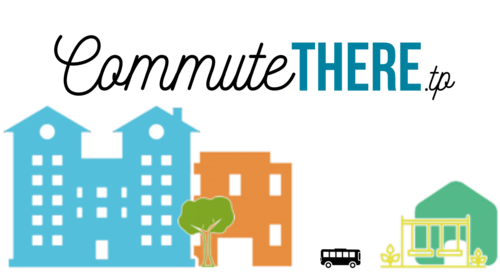Difference between revisions of "AY1516 T2 Team CommuteThere ReviewofPreviousWork"
| Line 13: | Line 13: | ||
| style="font-family:Open Sans, Arial, sans-serif; font-size:15px; text-align: center; border-top:solid #ffffff; border-bottom:solid #f5f5f5" width="230px" | | | style="font-family:Open Sans, Arial, sans-serif; font-size:15px; text-align: center; border-top:solid #ffffff; border-bottom:solid #f5f5f5" width="230px" | | ||
| − | [[ | + | [[AY1516_T2_Team_CommuteThere_Project_Data_Preparation|<font color="#3c3c3c"><strong>ANALYSIS & FINDINGS</strong></font>]] |
| style="font-family:Open Sans, Arial, sans-serif; font-size:15px; text-align: center; border-top:solid #ffffff; border-bottom:solid #f5f5f5" width="230px" | | | style="font-family:Open Sans, Arial, sans-serif; font-size:15px; text-align: center; border-top:solid #ffffff; border-bottom:solid #f5f5f5" width="230px" | | ||
| − | [[ | + | [[AY1516_T2_Team_CommuteThere_Project_Management|<font color="#3c3c3c"><strong>PROJECT MANAGEMENT</strong></font>]] |
| style="font-family:Open Sans, Arial, sans-serif; font-size:15px; text-align: center; border-top:solid #ffffff; border-bottom:solid #f5f5f5" width="190px" | | | style="font-family:Open Sans, Arial, sans-serif; font-size:15px; text-align: center; border-top:solid #ffffff; border-bottom:solid #f5f5f5" width="190px" | | ||
Latest revision as of 10:29, 17 April 2016
Literature Review
The first paper we looked at was, Measuring Walkability and Its Effect on Light Rail Usage. In this paper, the researchers sought to focus on the relationship between walking and Light Rail Transit (LRT) in Japan and USA, and conduct a comparison of both countries. It was found that walkability can affect LRT ridership in USA, and not in Japan. The reason behind why walkability did not affect LRT ridership in Japan, was because Japan already had strong walkability structures near LRT stations. As such, it was hypothesised that since a walkable urban structure was in place, walkability would not vary as much to influence LRT ridership. Hence, we can see that there will be a relationship between walkability and commuting, when urban structures are effective. In our report however, we will seek to look at another form of urban structure in Singapore. We hope to gain a better understanding of the current public transportation, and its effect on the liveability of Tampines itself.
The second paper we reviewed, Influence of Space and Time Concepts on Physical Activity Intensity in Singapore, a research was conducted to understand how the different characteristics of the built environment in communities influence people’s physical activity level. Results showed that walkability index of the neighbourhood have a positive correlation to the residents’ physical activity levels. This is also more prominent for men than women. It was also concluded that Bukit Timah, Tanglin and Tengah areas are least conducive for residents to walk for utilitarian or leisure purposes whereas Queenstown, Bukit Merah and Toa Payoh are the most conducive areas.
The author also mentioned about a previous study that was conducted to analyse the relationship between the proximity and mix of neighbourhood destinations and physical activity. He discovered that proximity and mix of destinations appears to have a stronger correlation with walking for utilitarian purposes as compared to walking for leisure purposes. Therefore, increasing the diversity of destinations may encourage adults doing more transport-related walking and achieving recommended levels of physical activity (McCormack, 2008). The author concluded by mentioning that there needs to be greater amounts of research conducted on how “residential neighbourhoods’ built and social environment characteristics can promote active, healthy lifestyles.”
Therefore, for our project, apart from adopting the walkability index model will provide a more in-depth analysis on walkability in the Tampines area, we will also look analyse the built environment in Tampines itself, especially of the common transportation routes taken, and eventually suggest ways in which improvements in the built environment can be made in order to promote walkability in the residential area.
Last but not least, we wanted to understand how the urban form can impact public health. As there has been a lot of discussion on how an effective transport system can increase walkability, we wanted so see how an effective transport system can improve public health. In the paper The Impact of Urban Form on Public Health, it was proposed that the the a more inter-connected urban form will encourage more people to walk and utilise public transportation. As such, we will also seek to understand how inter-connected urban forms- in this case the public transportation network, is in Singapore. This paper will also help us in formulating our recommendations that we will be providing to our sponsor.
